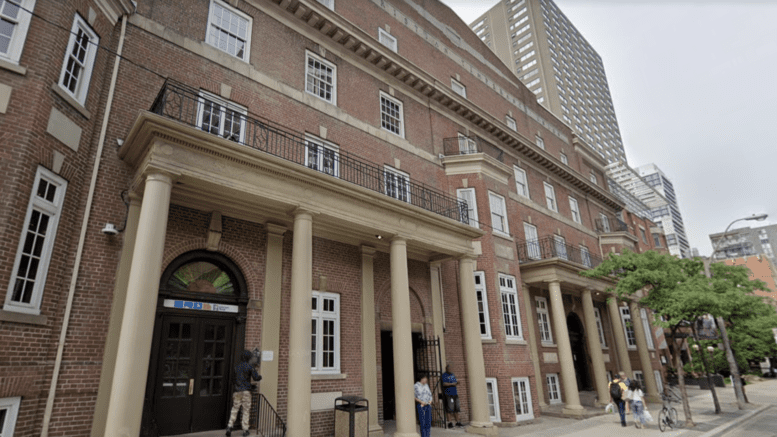Growing disturbance over COVID-19 has prompted local shelters to adapt to a new reality by limiting services and practising physical distance.
Since the risk of contracting COVID-19 among homeless remains high, Toronto Public Health and Support & Housing Administration has released new guidance in order to protect vulnerable individuals.
“If the coronavirus gets into the homeless community, it will be decimated,” said Br. David Lynch, executive director of Good Shepherd Ministries shelter. “They’re vulnerable groups of the population, living a very difficult existence — their health is already compromised.”
To support the homeless community, SSHA and TPH issued new measures that shelters have to follow to reduce the risk of transmission.
“SSHA is providing additional funding to support increased cleaning and purchase of supplies in shelters, 24-hour respite centres, and drop-ins,” said the city spokesman Tammy Robbinson in her email.
Besides increased IPAC practices and intensive cleaning, the shelters added to their routine screening questions for people who request access to the housing.
The purpose of the questions is to find out whether staff or individuals who seek asylum show symptoms of respiratory illness or were exposed to COVID-19 through travel or direct contact.
According to TPH instructions, the staff in shelters have begun to apply social distance, re-arranging the common areas and cancelling volunteer programs.
“There are hundreds of people who volunteer to support Covenant House. They offer various activities: from fitness classes and basketball couching to tutoring,” said Mark Aston, executive director of Covenant House. “But what we have had to do because of the COVID-19 pandemic is to cancel our volunteer programs.”
Covenant House is a shelter for youth that provides services to over 350 homeless individuals every day. More than 300 staff work there, including nurses, social and housing workers. For this reason, some employees have started working off-site to maintain physical distance.
To keep social distance among the homeless, the residents of the shelter are asked to stay six feet apart from each other. The staff of Covenant House removed half of the chairs and the number of tables in the dining area to implement this necessity.
If someone from the homeless population shows symptoms of COVID-19, they will be placed in a special isolation room prepared by the staff of the shelters. They can stay there until they are sent for testing.
Information is one of the best ways to dispel panic and reduce the risk of infection, said Lynch.
“The best way to overcome concerns is keeping everybody updated as soon as we get the information [from TPH],” he said.
“The staff were being trained on how to properly use protective equipment when necessary and where to look to detect the virus.”
It is also essential to keep homeless people notified of COVID-19 and TPH updates.
“We’ve worked very hard to make the youth aware of the risk of COVID-19 and let them know what they can do to protect themselves and others around them,” said Aston.
Ontario confirmed 43 new cases of COVID-19 on March 19, making a total of 257 infected people in the province.
While the whole world has been quarantined, employees of shelters continue to fulfill their duties amid widespread distress.
In response to a question about the condition of the staff of Good Shepherd Ministries, Lynch said that so far, employees have not expressed strong concern due to the necessary precautions and training.
“They run the risk of infection every day in this environment, so this is just one of the additional things that come along. We have good protocols in place, and the staff is well-trained and kept fully informed,” he said.
The homeless population also remains undisturbed since they face multiple challenges due to their conditions.
“[Homeless people] worry about where their next meal is coming from and whether they are going to have a roof over the head at night,” Aston said. “They may also need to see a doctor for something unrelated to COVID-19.
“When you put on top of that the COVID-19 crisis, it becomes a very tough situation for people experiencing homelessness. That’s why our sector and the government have an obligation to respond effectively to ensure that we can help people in these conditions.”
To date, there have been no COVID-19 cases in the homeless population.

